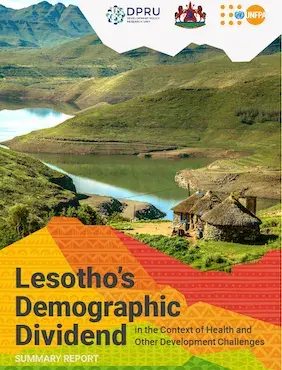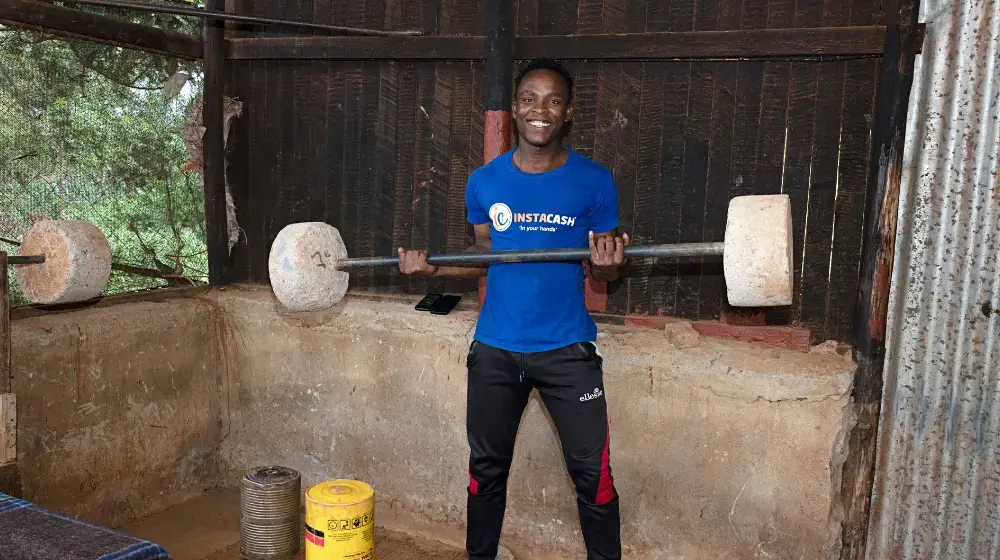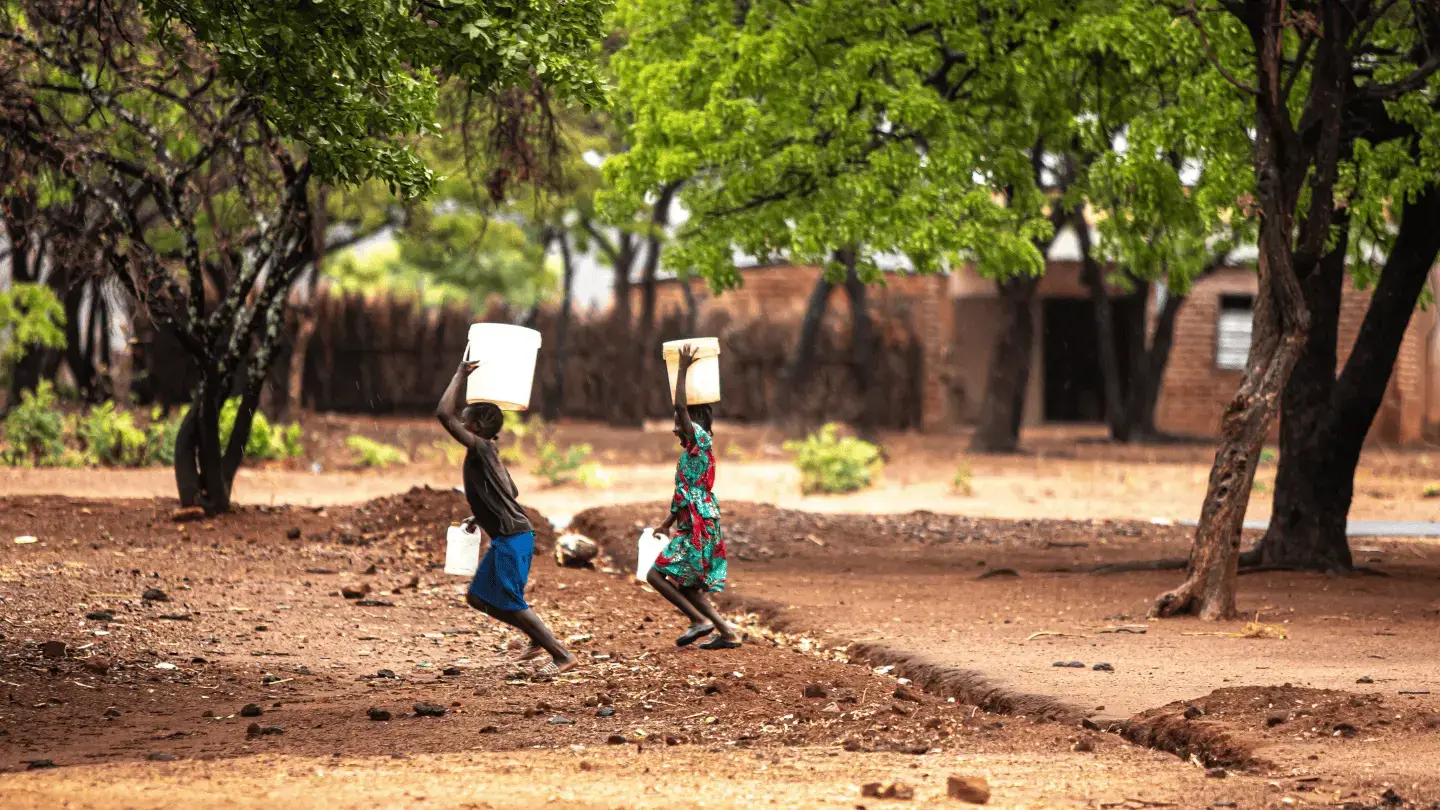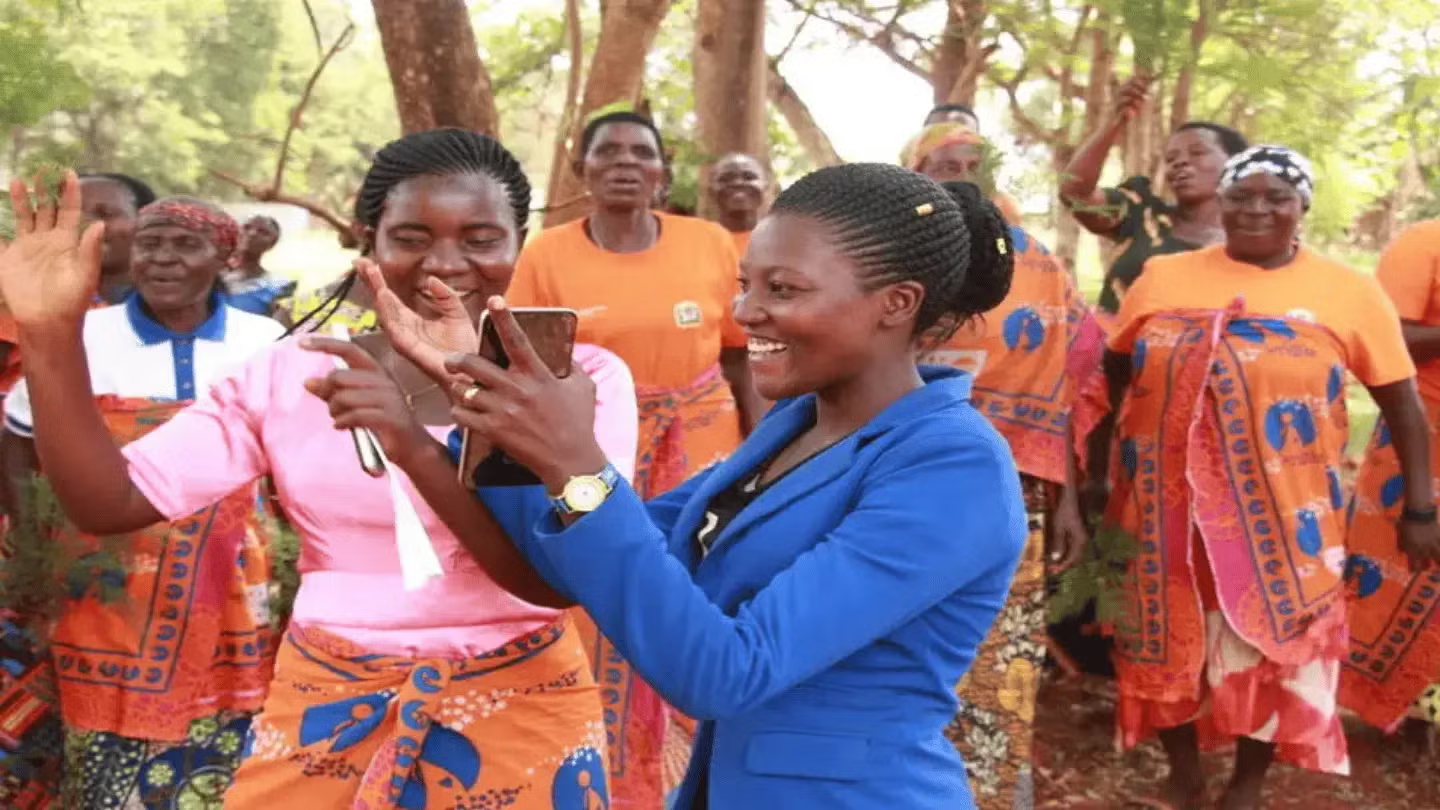There is a long history of studying the relationship between population growth and the economy going back more than 200 years. Over the past three decades, however, the focus has shifted to the impact of the age structure of the population on the economy, following a half-century of rapid changes in national populations across the globe. These changes are the result of the demographic transition, which sees populations move from a steady state of high fertility and high mortality rates, to one of low fertility and low mortality rates.
This summary report analyses the potential demographic dividend in Lesotho through the lens of National Transfer Accounts. These accounts measure resource flows across generations and allow us to study how different generations draw on different types of resources—labour income, transfers, and assets—to fund their consumption. The methodology also enables us to estimate and analyse the demographic dividend, to identify the period during which the dividend may be harnessed, and to explore the types of changes in the socioeconomic context that might boost, or constrain, the demographic dividend.
While Lesotho’s population is relatively young, it has already begun to age and will continue to do so for the rest of the century. In the process, Lesotho’s economy, societal priorities, and patterns of government spending will be impacted. At the same time, Lesotho is faced with challenges related to slow economic growth rates, high unemployment, and poverty, and has been particularly hard hit by HIV and AIDS, which, together with the more recent effects of COVID-19, serves to erode the country’s human capital base. These various challenges highlight the value of suitably harnessed demographic dividend in achieving improved socioeconomic outcomes in the country but may also act to constrain the attainment of the dividend.
Read the full report and related policy brief.




